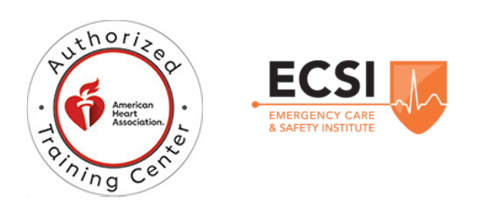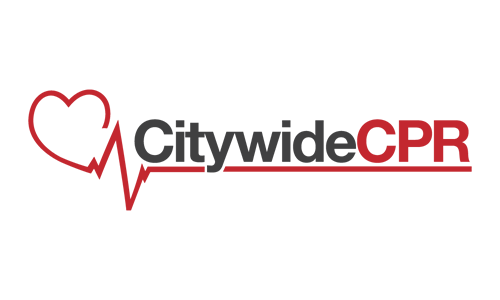In today’s modern age, there are a lot of diseases that have developed due to a change in the lifestyle of the majority. This has allowed the further proliferation of diseases such as cardiac arrhythmia and cardiac arrest. These two diseases can be fatal if no treated immediately.
Cardiac Arrhythmia
Cardiac arrhythmia is a catch-all phrase for the irregular beating of the heart. This involves a heartbeat that speeds up too much – tachycardia, or slows down – bradycardia. These types of arrhythmia are dangerous if left untreated immediately, and can develop into something more fatal down the line.
The symptoms of arrhythmia in general are palpitations and the feeling of a pause in the heartbeat. The victim is the first to detect these symptoms and can ask for help immediately. This is why there is a need for a number of available automatic external defibrillators in most establishments.
Cardiac Arrest
Cardiac arrest is the disease which causes the heart to cease its function. This is brought about by a slew of different reasons. Some of the most common reasons include a stroke, high blood cholesterol, or sudden heart failure. Either way, there is still a chance for the victim to survive if there is someone who is quick enough to respond to the need and assists the victim by providing cardiopulmonary resuscitation and utilizing an automatic external defibrillator to give a shock directly to the patient’s heart.
The presence of automatic external defibrillators helps deal with these heart diseases and provide quick first aid, increasing the chances of revival as soon as advanced life support is available. CPR and AED, if utilized upon witnessing a victim experiencing sudden cardiac arrest or is exhibiting symptoms or arrhythmia, can potentially save lives, decreasing the fatalities claimed by heart diseases.
An automatic external defibrillator works by sending a jolt of electricity to a patient’s chest. This allows the heartbeat to resume regular response. This is because the electric current that flows to the heart sets a standard for all the heart muscles to follow, making the heartbeat contract and release at regular intervals again.
For those attending to victims of sudden cardiac arrest, an AED is not a sure fire way of reviving the victim. The AED may help support the CPR and the revival efforts, but be realistic in your expectations of how an automatic external defibrillator is effective for sudden cardiac arrest patients.
If a lot of establishments in the country adapt and purchase even just a single AED, or better yet, enough to make it accessible all throughout their establishment, then the country will become a much safer place for those who might be susceptible to heart attacks. The possibility of reviving any individual with a heart disease increases significantly with the presence of an AED and trained personnel to administer both this and CPR. With the cooperation of owners, employers, and proprietors all over the country, heart diseases can be combated, and there can be another chance for the patients to change their lifestyle.





